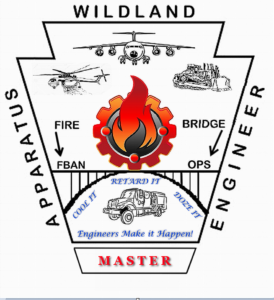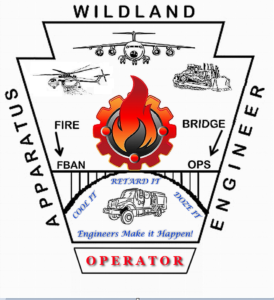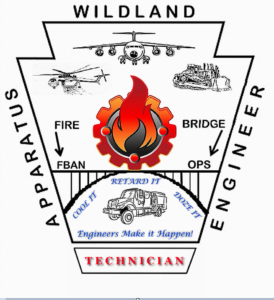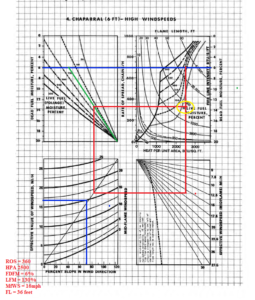Final Artwork Collage for the Engineer Patches. The background of fire for the collage is NOT part of the patches as with the green background. The only way to obtain any of them is by competent demonstration of mastery of each skillset developed. The idea is to have the bottom (Separate) name tape/ranking, achieved after each successive completion of testing.
–
Esprit de Corps. The best way to understand this ideal, is to think of what the Combat Engineers did during WWII. Much of Firefighting is akin to that of a battle, with infantry(crews), Special Forces/berets (hot shots), Fighters (SEATS), Bombers (LATS), Heavy Bombers (VLATS), Mechanized (Engines), Armored (Dozers). To be able to support mission critical aspects that Planning Section Chiefs (PSC’s) will develop while working with Operations Section Chiefs (OSC’s), these folks have to have capable and competent operational personnel in the field that not only KNOW their equipment, but know the capabilities of the other equipment so they can design and develop a battle plan. The idea behind the Patch is to show recognition of ones dedication and skillset. i.e. KSA’s. More importantly, if you have highly trained folks at the lower levels of the Operations area, they will be able to more accurately develop and design plans that will enable the OSC’s and PSC’s plan to be implemented.
–
4 Levels:
–
Level 1. Mastery of only the Apparatus (Engine) itself (Main Patch only).
Level 2. Mastery of The Engine and Helicopter operations with multiple helicopters. (Operator).
Level 3. Mastery of Engine, Helicopters & Tankers (Technician).
Level 4 Mastery of Engine, Helicopters, Tankers, Dozers (Master = mastery of FireBridge Concept).
–
Each of the 4 levels represents that you can successfully, at every fire, evaluate the situation, develop, design and put into execution a plan that will handle “all” elements being utilized simultaneously for continuous operations while designing your supply infrastructure to sustain such. The engineer develops and designs the operational plan for the other “fighting forces” to continue with each of their respective missions while also being able to take action of suppression as a secondary function as well.
–



Below is an example Fire Behavior Nomogram. To illustrate the purpose and value of the wildland apparatus engineer, we could say we are on a fire with a mile long fire line. The fire is burning in Chaparral. Instead of arbitrarily calling in a multitude of resources and placing them along various points of a line, the purpose in this example would be to first base resource ordering needs off of the fires estimated characteristics.
With the Nomogram example below we can use the information to determine from our slope and mid flame wind speed that our Rate of Spread is estimated to be 360 Ch/hr. This is converted to Feet per second. 360 x 66 =23,760 feet per hour/3600 = feet per second: 6.6. This is now the fires active frontal width. The fire line length of 5280 x 6.6 = 34,848 square feet. This figure is now multiplied by the HPA (Heat Per unit Area) of 2500 Btu/sq/ft. 87,120,000 Btu/ft/sec.
To determine the type and amount of appropriate resources is now to take the 87,120,000 Btu and divide by the average Btu/lb of water for 5,000ft at 50 deg f water temp. this gives the amount of water in lbs required. 77,578lbs. This can now be converted to the appropriate amount of gallons required. 9,302. How many aircraft required is now divided by the load capacity, say 3,000 gallons. 3.1 aircraft. If it is SEATS at 800 gallons then the 9,302 / 800 = 12 loads total or ideally 12 aircraft. A faster way to determine the appropriate resource is to take the Fire Btu generation and divide by the Btu absorption capacity.
87,120,000 Btu generated / 28,100,000 Btu absorption = 3.1 as an example. Then you’d already be dealing with multiple helicopters and their established Egpm’s etc. And as a Master dealing with Estimated Btu of fuel to be removed to aid in lowering intensity. How wide and how long?






Comments